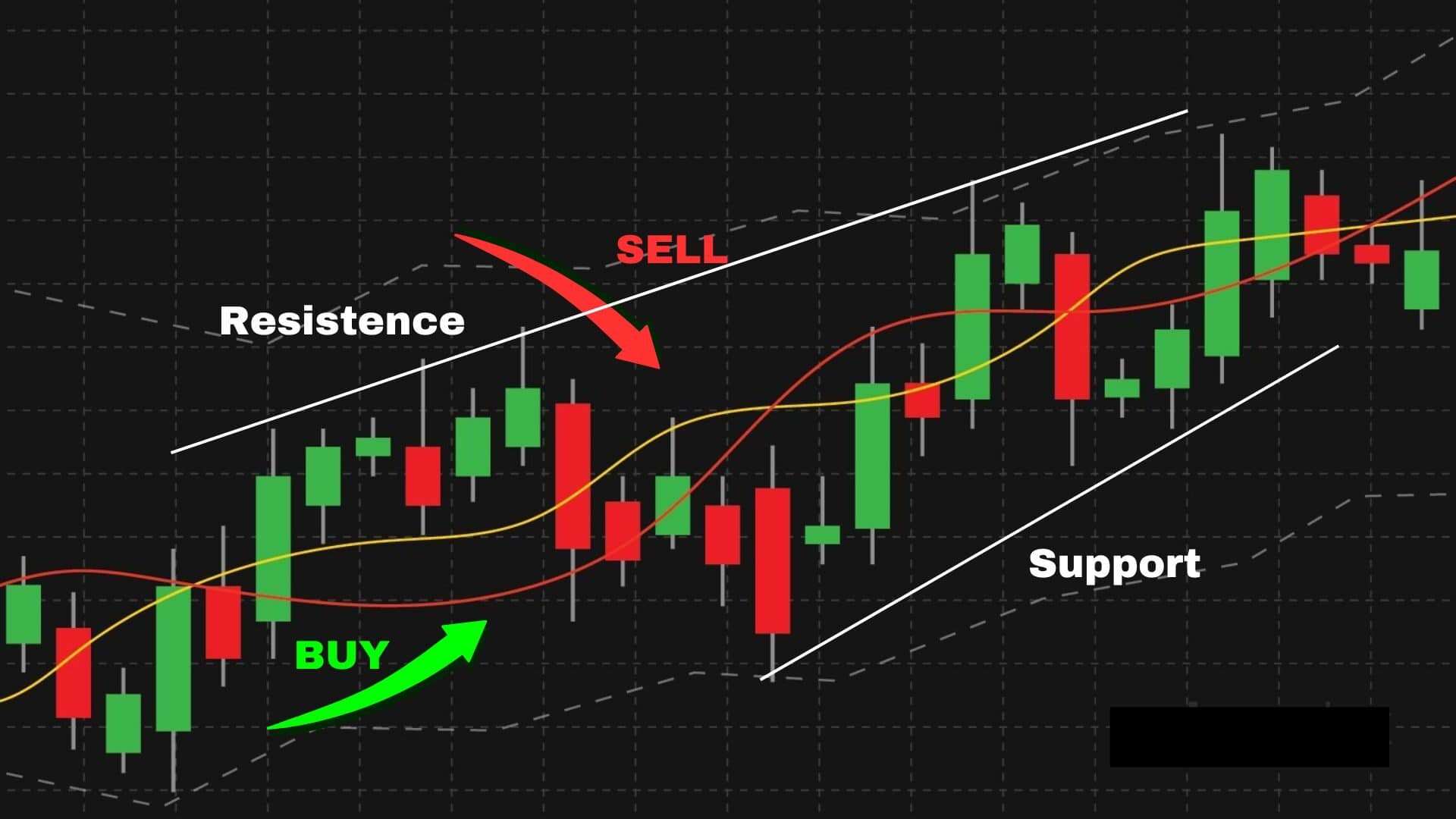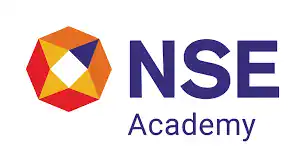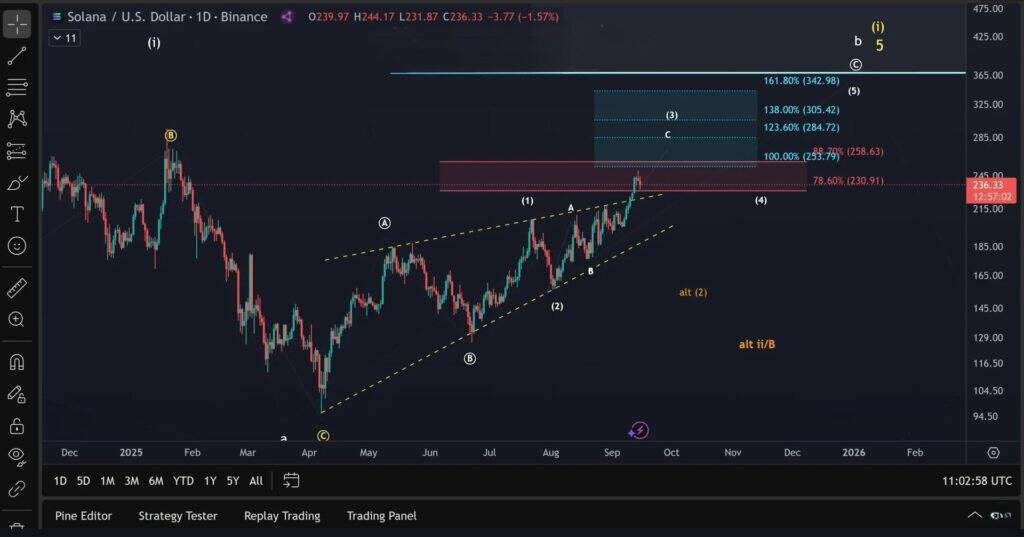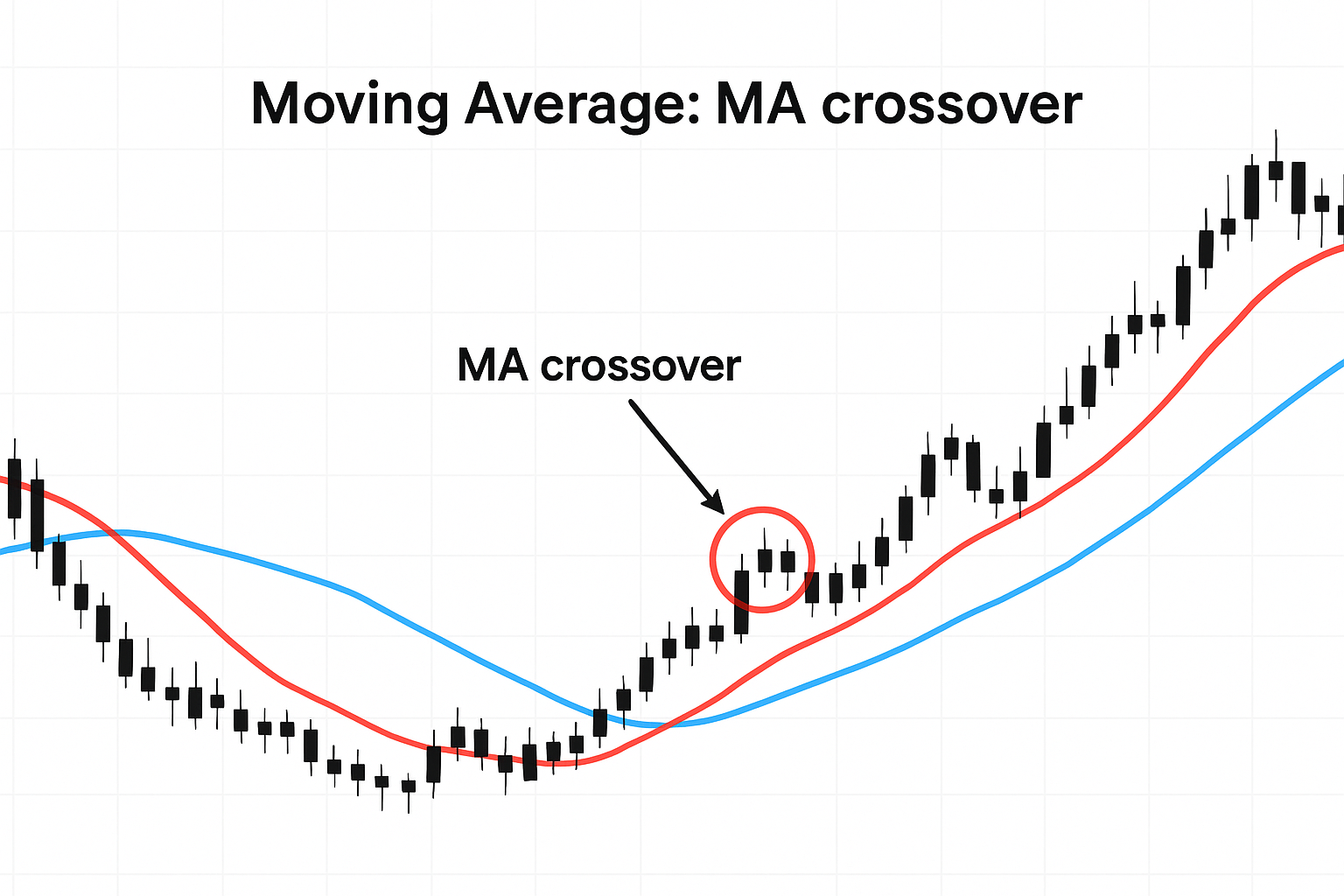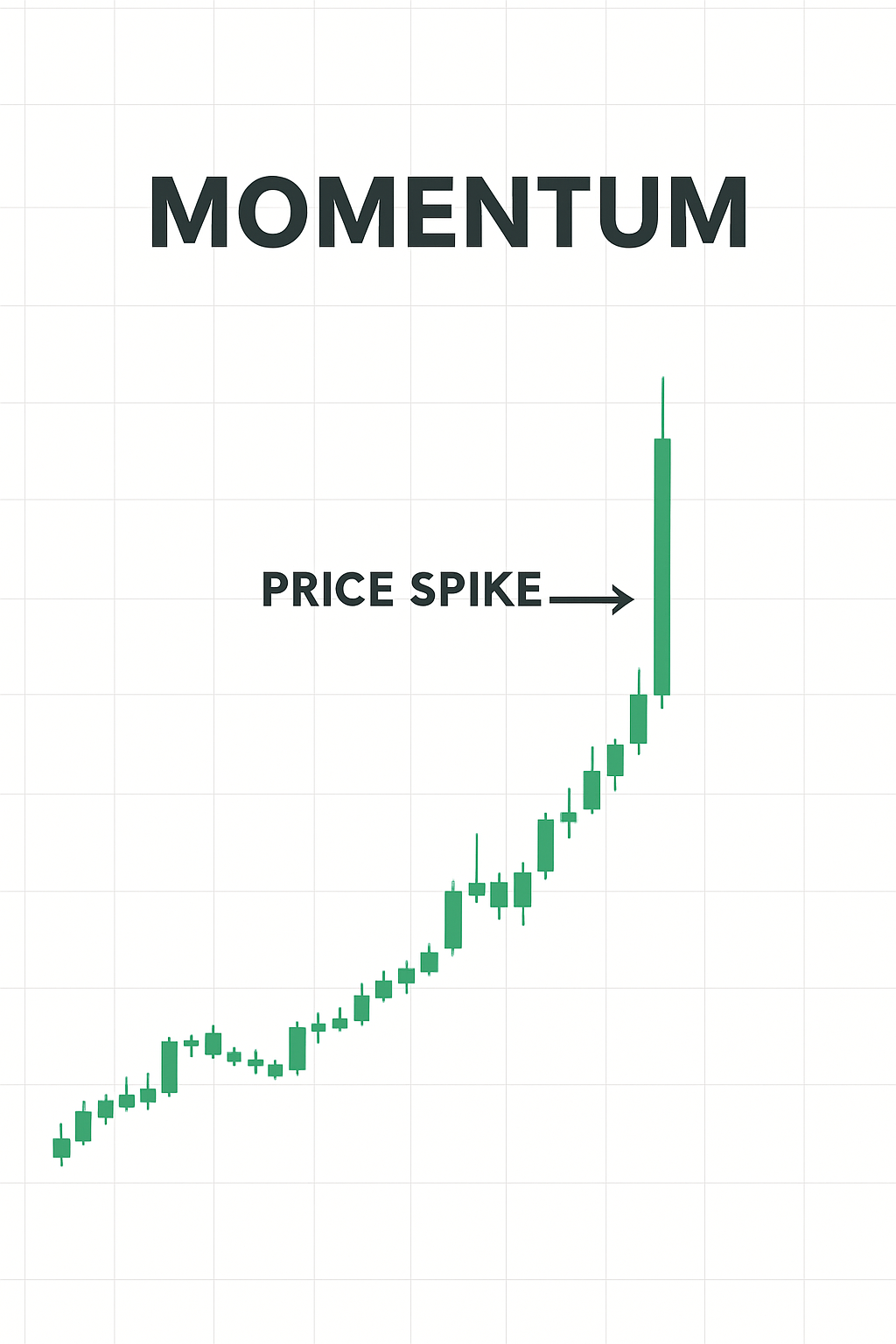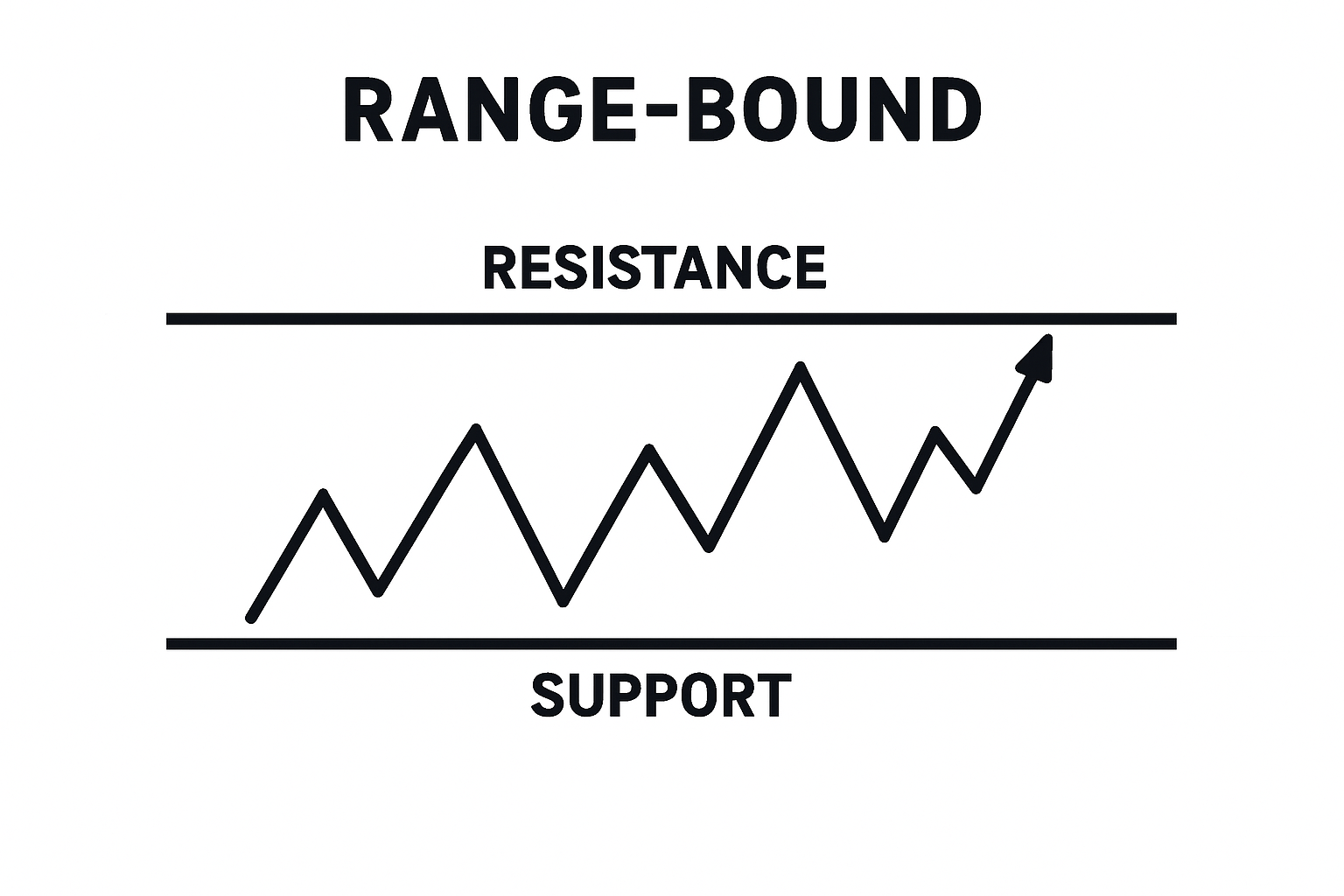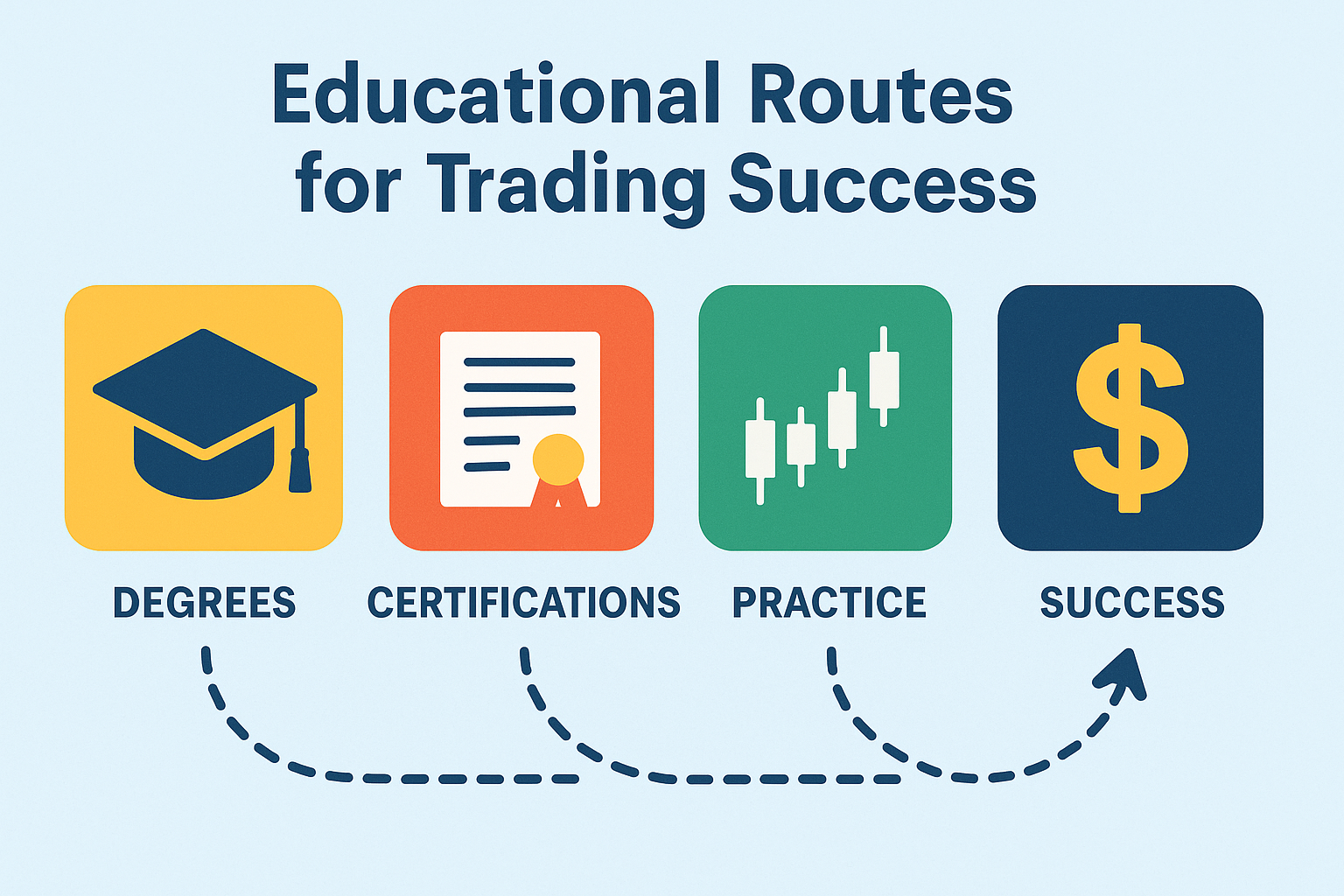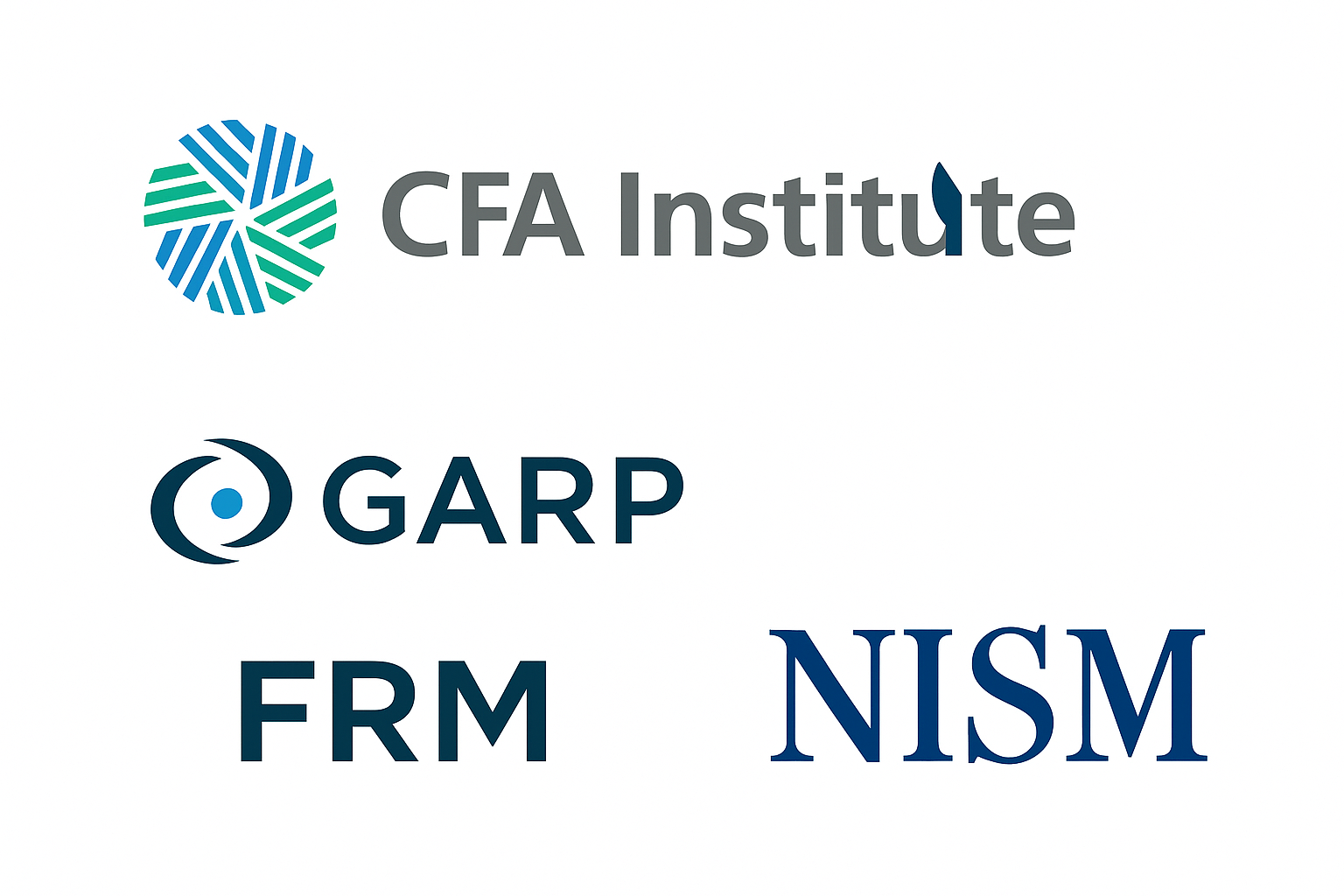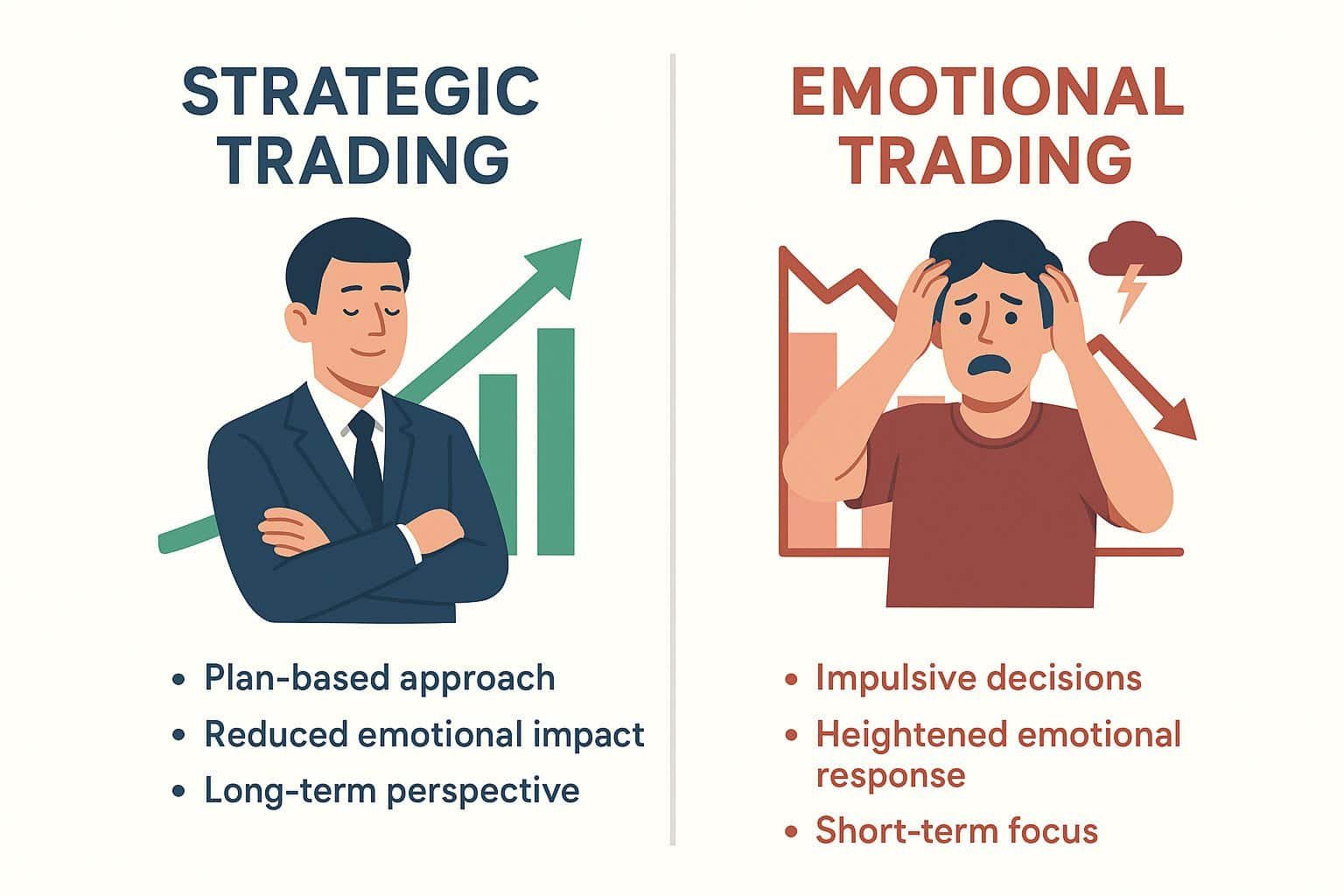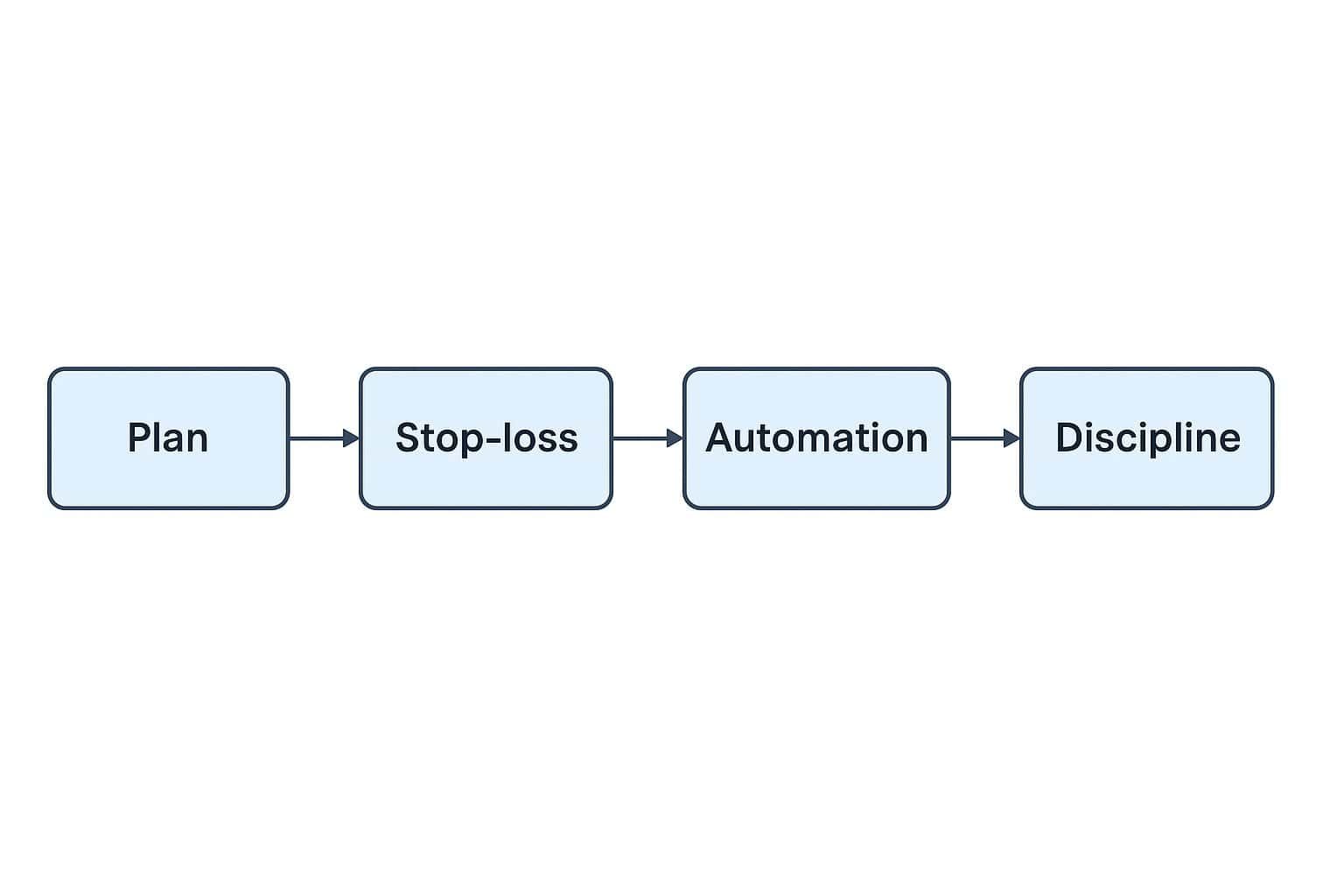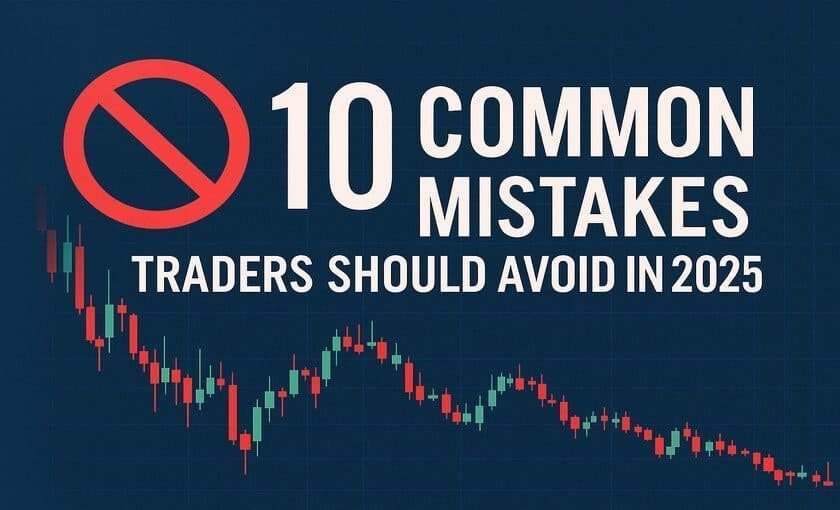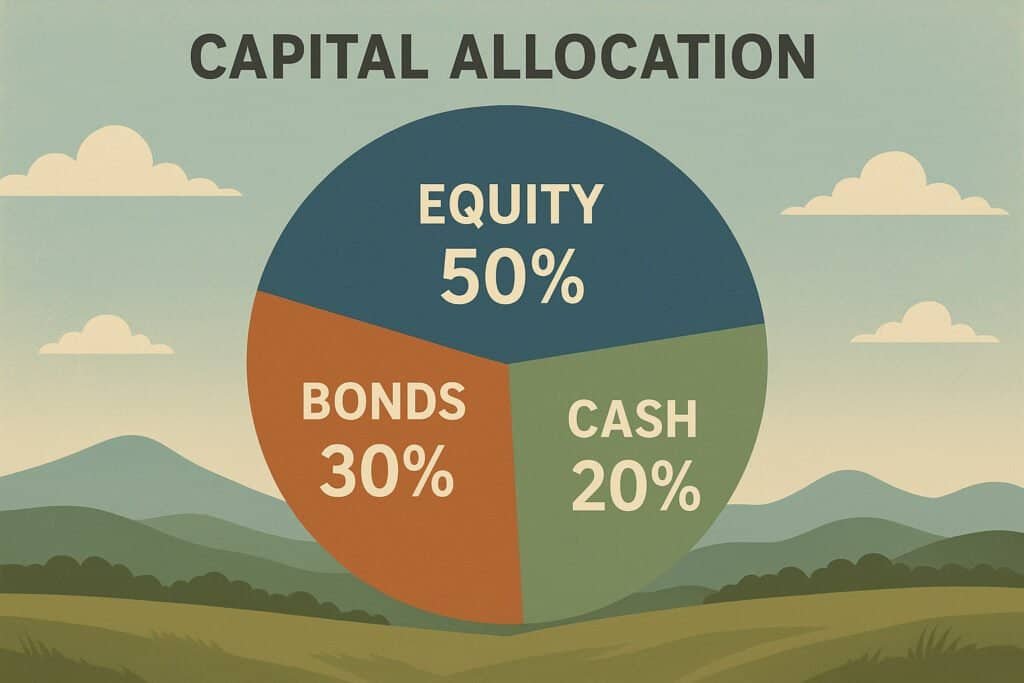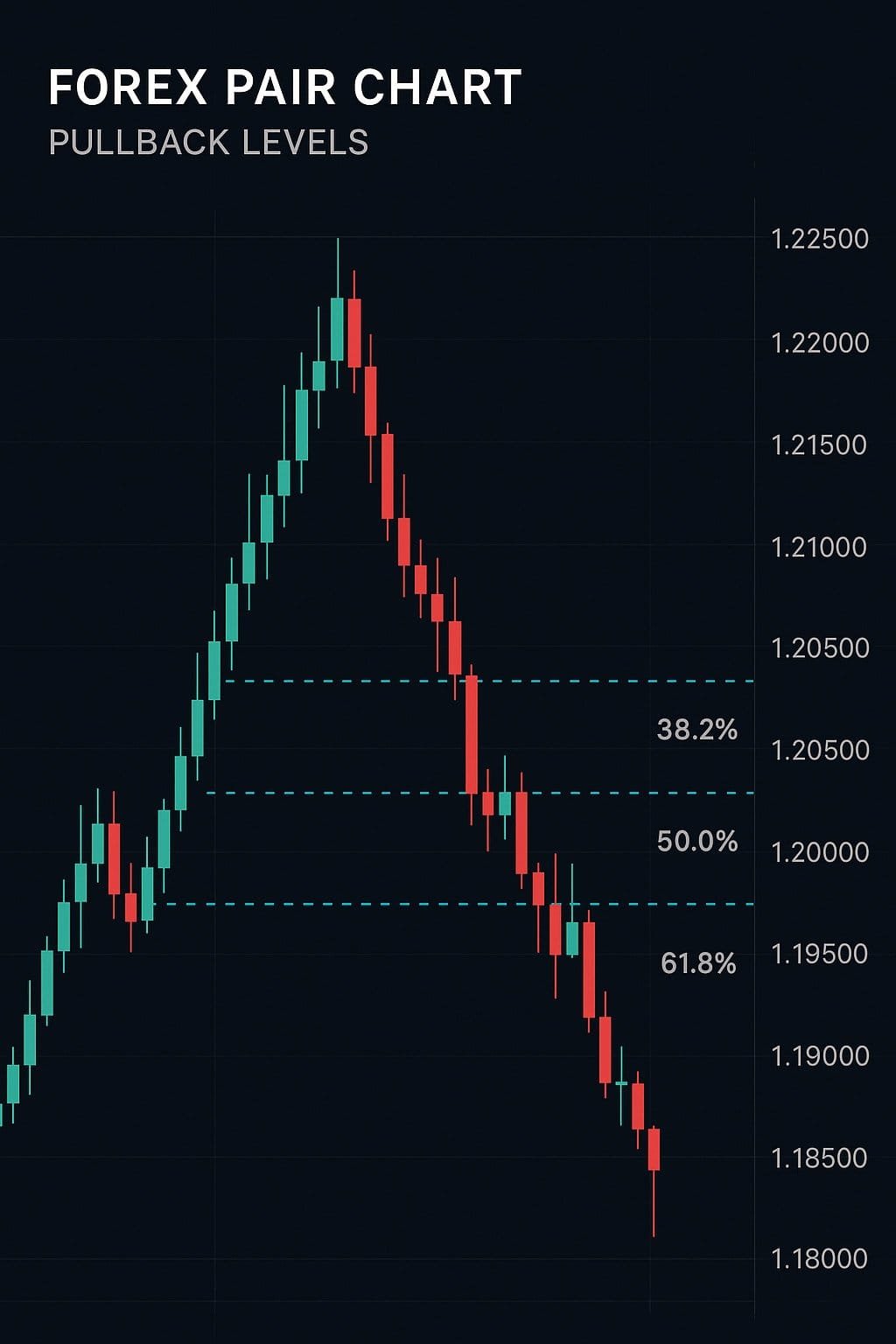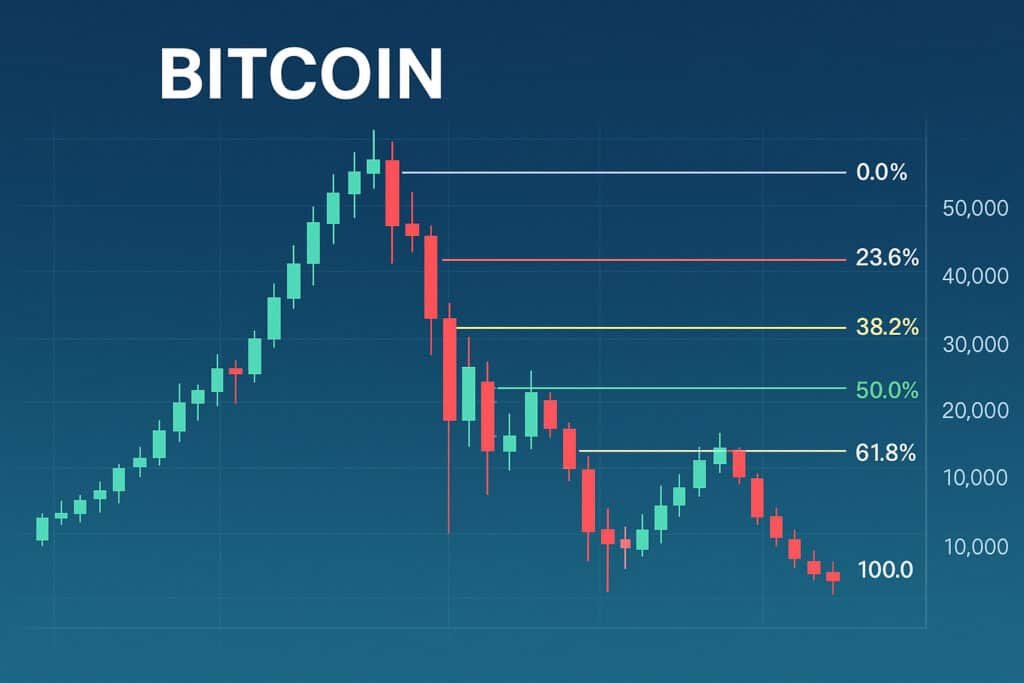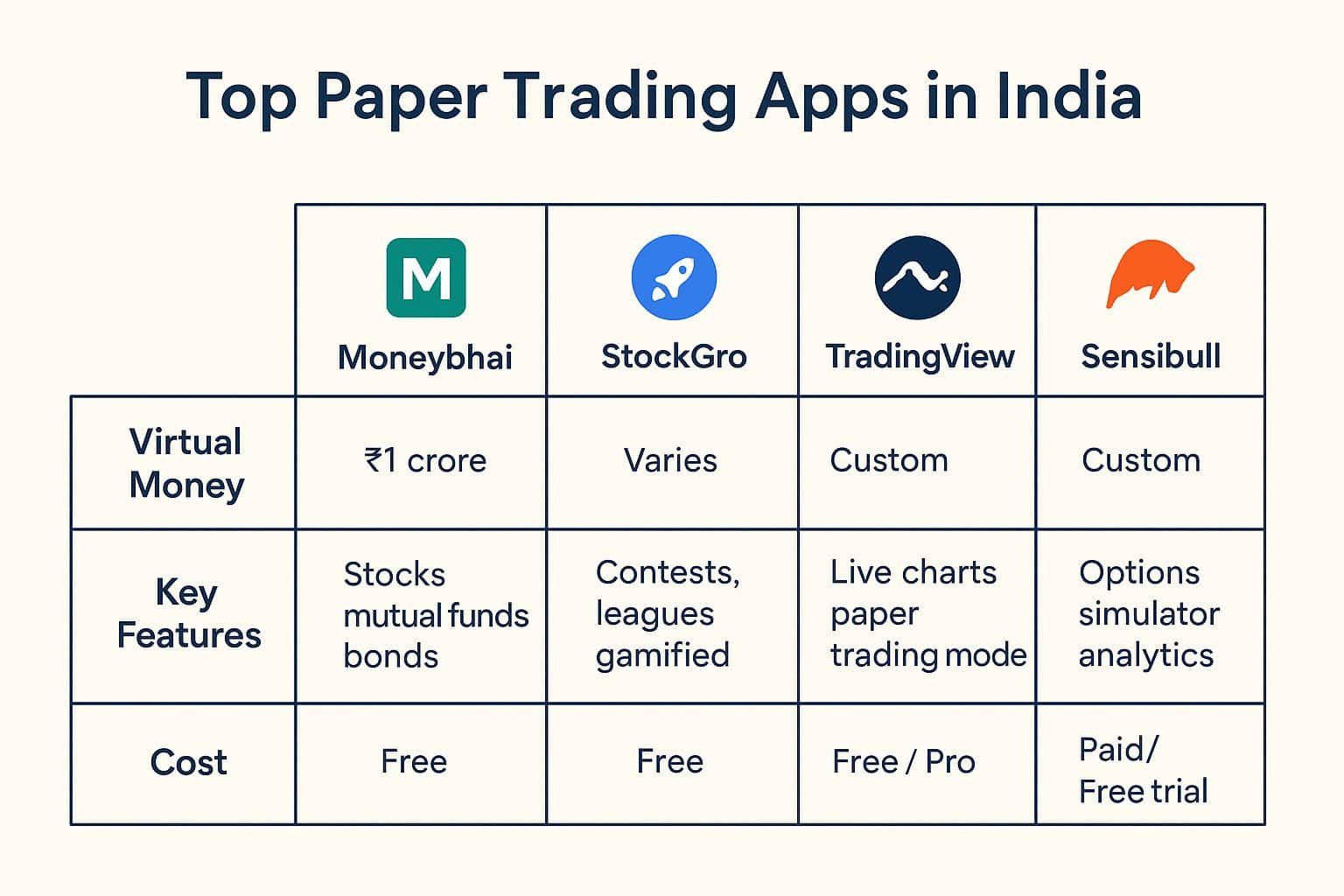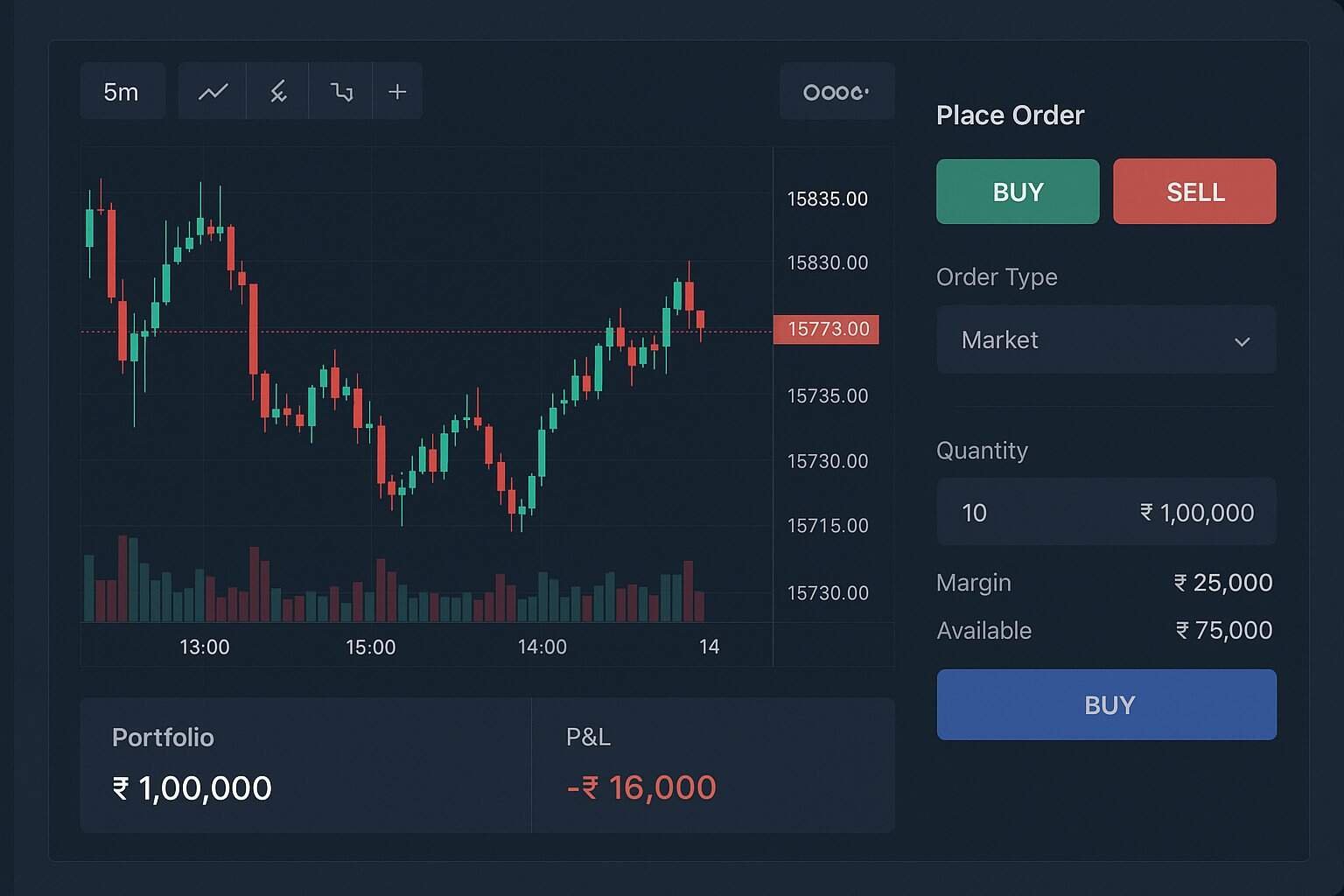Top 10 AI Trading Bots and Their Reviews
Top 10 AI Trading Bots and Their Reviews: A Guide to Smarter Investments
Artificial Intelligence (AI) has transformed many industries, and the world of trading is no exception. AI trading bots are designed to help traders make smarter, faster, and more informed decisions in the stock market, forex, and cryptocurrency markets. With their ability to analyse vast amounts of data in seconds, these bots assist in executing trades efficiently, saving time, and potentially enhancing profits.
Top 10 AI Trading Bots
In this article, we’ll explore the top 10 AI trading bots, their features, reviews, as well as their pros and cons to help you make an informed decision.
1. 3Commas
Overview:
3Commas is a popular AI trading bot, known for its ease of use and integration with multiple exchanges. It offers features like smart trading, copy trading, and automated portfolio management.
Features:
- Automated trading strategies
- SmartTrade terminal for manual orders
- Copy trading for beginners
- Portfolio management tools
Pros:
- User-friendly interface
- Excellent for both beginners and experienced traders
- Offers portfolio management and copy trading
- Integrates with major exchanges
Cons:
- Pricing may be high for casual traders
- Some users report occasional technical issues
- Limited features for advanced traders on lower plans
Review:
Traders appreciate 3Commas for its user-friendly interface and versatility. It’s ideal for both beginners and experienced traders. However, some users feel that the pricing model could be more affordable.
2. Cryptohopper
Overview:
Cryptohopper is an advanced AI trading bot that allows traders to automate their strategies on multiple exchanges. It offers technical analysis, strategy-building tools, and backtesting capabilities.
Features:
- Cloud-based trading
- Strategy building and backtesting tools
- 24/7 support
- Copy trading
Pros:
- Wide range of customization options
- High scalability and reliability
- Backtesting and strategy-building features
- Ideal for intermediate to advanced traders
Cons:
- Pricing can be expensive for beginners
- The interface may be overwhelming for beginners
- Limited features on lower-tier plans
Review:
Cryptohopper is praised for its powerful features and scalability. Its backtesting and strategy-building tools allow users to fine-tune their trades. The pricing structure may seem a bit steep for beginners, but it’s ideal for intermediate to advanced traders.
3. TradeSanta
Overview:
TradeSanta is an AI bot that caters to crypto traders. Its simple interface and cloud-based automation make it popular among cryptocurrency enthusiasts. It allows for automated long and short strategies.
Features:
- Predefined strategies for easy setup
- Supports multiple crypto exchanges
- Telegram integration for real-time updates
- Trailing stop loss and take profit features
Pros:
- Simple and easy to use, great for beginners
- Affordable pricing structure
- Integrates with major exchanges
- Offers Telegram notifications for real-time updates
Cons:
- Limited customization compared to more advanced bots
- Lacks advanced trading strategies
- No support for stock or forex markets
Review:
TradeSanta is often highlighted for its simplicity and affordable pricing. It’s a good option for beginner crypto traders, though some advanced traders might find it lacking in more complex tools.
4. HaasOnline
Overview:
HaasOnline is one of the oldest AI trading bots in the market. It’s designed for advanced traders looking for a powerful tool with a wide range of technical indicators and custom strategies.
Features:
- High-frequency trading capabilities
- Backtesting and simulation tools
- Multiple strategies including arbitrage and market-making
- Wide exchange integration
Pros:
- Extremely powerful and flexible
- Suitable for experienced traders
- Offers multiple trading strategies
- Supports high-frequency trading
Cons:
- High pricing for full access
- Complex interface for beginners
- Requires a steep learning curve
Review:
HaasOnline is highly regarded for its advanced features and flexibility. It’s best suited for experienced traders who need a more technical solution. However, its pricing is on the higher end, which might deter newcomers.
5. TradeBot
Overview:
TradeBot is a simple yet effective AI trading bot that focuses on automation and risk management. It supports crypto and stock markets, offering a balanced approach to risk.
Features:
- User-friendly interface
- Automated trading strategies
- Risk management tools
- 24/7 customer support
Pros:
- Great for beginners
- Easy-to-use interface
- Affordable pricing
- Excellent customer support
Cons:
- Limited advanced features
- Only supports basic strategies
- Limited exchange support
Review:
TradeBot receives positive reviews for its ease of use, especially for beginners. However, the range of strategies is somewhat limited compared to more advanced platforms.
6. Kryll.io
Overview:
Kryll.io is a blockchain-based AI trading platform that provides a drag-and-drop interface for building custom trading strategies. It allows users to create bots without needing any coding knowledge.
Features:
- Drag-and-drop strategy builder
- Backtesting features
- Marketplace for pre-built strategies
- Cryptocurrency support
Pros:
- User-friendly drag-and-drop interface
- No coding required to build strategies
- Allows users to buy and sell pre-built strategies
- Great for crypto traders
Cons:
- Limited to cryptocurrency markets
- Customer support could be better
- Some users find it challenging to set up advanced strategies
Review:
Kryll.io is popular for its user-friendly strategy creation tool. Its no-code interface makes it accessible to a wide range of users, from beginners to advanced traders. However, it could improve in terms of customer support.
7. Shrimpy
Overview:
Shrimpy is an AI trading bot aimed at crypto traders. It focuses on portfolio management, allowing users to automate the process of rebalancing and managing their cryptocurrency assets.
Features:
- Automated portfolio rebalancing
- Social trading features
- Supports over 15 exchanges
- Real-time performance analytics
Pros:
- Great for long-term investors and portfolio management
- Easy-to-use interface
- Supports multiple exchanges
- Social trading and copy trading features
Cons:
- Limited features for active day traders
- Does not support traditional stock markets
- No advanced trading options like margin trading
Review:
Shrimpy’s portfolio management tools are highly regarded by traders who focus on long-term investing. It’s perfect for users who want to automate their crypto portfolio, but it’s not as suited for day traders.
8. Gunbot
Overview:
Gunbot is a versatile AI trading bot designed for crypto traders. It’s known for its customisation options and the ability to run multiple trading strategies.
Features:
- Supports multiple exchanges
- Customisable trading strategies
- Backtesting and simulation
- Wide range of indicators
Pros:
- Highly customizable with advanced strategies
- Supports many exchanges and indicators
- Backtesting and simulation tools
- Ideal for experienced traders
Cons:
- Complex interface for beginners
- Higher price point
- Requires some technical knowledge for full use
Review:
Gunbot is well-reviewed for its flexibility and customisation options. Advanced traders will find it highly useful, but the learning curve can be steep for beginners.
9. Zignaly
Overview:
Zignaly is a cloud-based AI trading bot for cryptocurrency traders. It offers automated trading and copy trading services, allowing users to follow the strategies of more experienced traders.
Features:
- Automated trading with smart strategies
- Copy trading
- Integration with third-party signal providers
- Affordable pricing
Pros:
- Competitive pricing and no risk trial
- Copy trading for beginners
- Integrates with third-party signal providers
- Simple user interface
Cons:
- Limited features compared to other platforms
- Only supports cryptocurrency markets
- No mobile app for trading on the go
Review:
Zignaly’s copy trading feature is particularly appealing for beginners. The pricing is competitive, and it offers a no-risk trial, which helps traders get started with minimal investment.
10. Coinrule
Overview:
Coinrule offers AI-driven automated trading for crypto markets. It provides an intuitive interface, allowing users to set their own rules and strategies for trading.
Features:
- Predefined trading strategies
- Customisable trading rules
- Backtesting tool
- Real-time alerts
Pros:
- Easy to set up and use for beginners
- Offers predefined strategies for quick use
- Real-time notifications
- Affordable pricing
Cons:
- Limited advanced trading features
- Only supports cryptocurrency markets
- Can be too basic for advanced traders
Review:
Coinrule is a hit among crypto traders due to its simplicity and ease of use. It’s an excellent option for those new to algorithmic trading but doesn’t offer as many advanced features as some other bots.
Conclusion
AI trading bots have made it easier for traders to stay ahead of the game. Whether you’re into crypto trading or the stock market, there’s a bot tailored for your needs. Beginners might find bots like TradeSanta and Coinrule more accessible, while advanced traders could benefit from the customisation and analytical power of platforms like HaasOnline and Gunbot.
Choosing the right AI trading bot depends on your trading style, risk tolerance, and the market you’re focusing on. Always make sure to test bots with small investments before committing significant funds. Happy trading!




